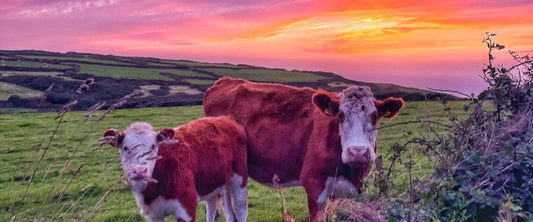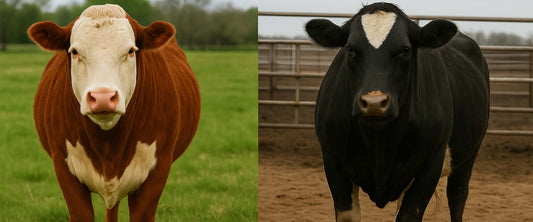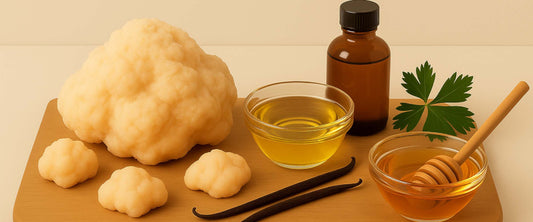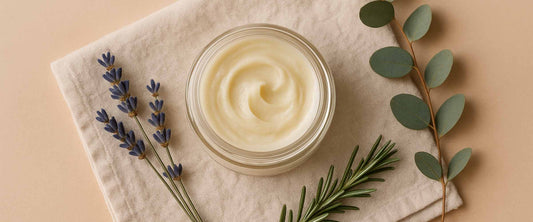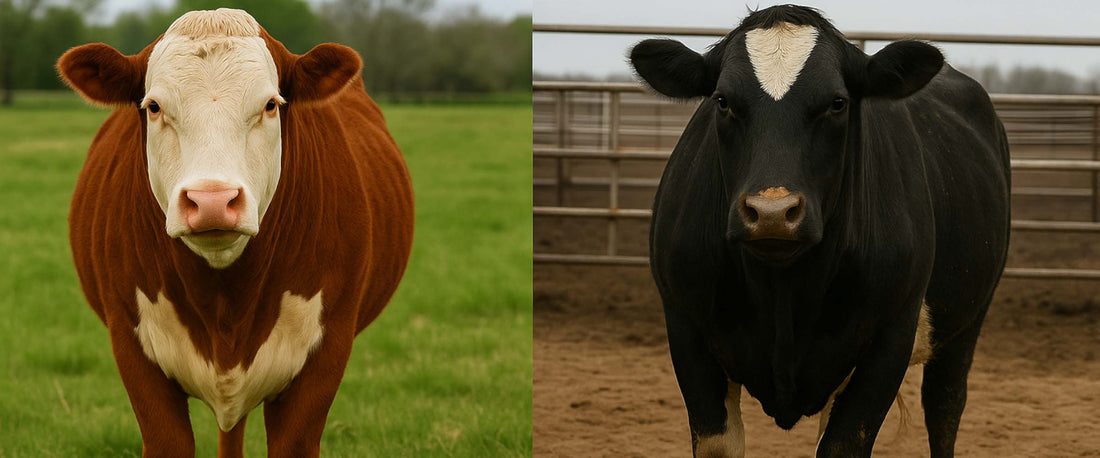
2. Why Grass-Fed Suet Is Better for Your Skin (and Everything Else)
Not all suet is created equal. And when it comes to what goes on your skin, the source matters—more than you might think.
Suet from grass-fed cows isn’t just a cleaner label—it’s a completely different ingredient compared to conventionally farmed suet.
Here’s why:
🧬 1. Nutrient Density
Grass-fed suet is richer in fat-soluble vitamins—especially vitamin K2, vitamin A (retinol), and vitamin E. These support everything from skin regeneration to collagen production to antioxidant defense. Grain-fed cattle tend to produce suet with fewer of these skin-loving nutrients.
🧪 2. Fatty Acid Profile
Cattle raised on pasture produce suet with a higher concentration of anti-inflammatory omega-3s and conjugated linoleic acid (CLA)—a compound linked to improved skin health and reduced inflammation. Conventional beef fat tends to skew toward omega-6s, which in excess can promote inflammation.
🌱 3. Toxin Load
What cows eat shows up in their fat. Conventional cattle are often exposed to pesticides, antibiotics, hormones, and GMO feeds. These residues concentrate in fat tissue—including suet. Grass-fed cattle, especially organically raised like ours in Ireland, aren’t exposed to those inputs, so their fat is cleaner and safer.

🌍 4. Ethics and Sustainability
Grass-fed farming supports regenerative agriculture, soil health, and animal welfare. Conventional operations often rely on intensive feedlots that are hard on the animals and the planet. When you choose grass-fed suet, you’re choosing to support a better system all around.
Bottom line: If you’re going to use suet-based tallow on your skin, make sure it comes from a source that respects both the animal and the land.
We only use organic, grass-fed Irish suet—not just because it’s better for you, but because it’s the right way to do things.
Read next: Nutrient Profile of Suet

